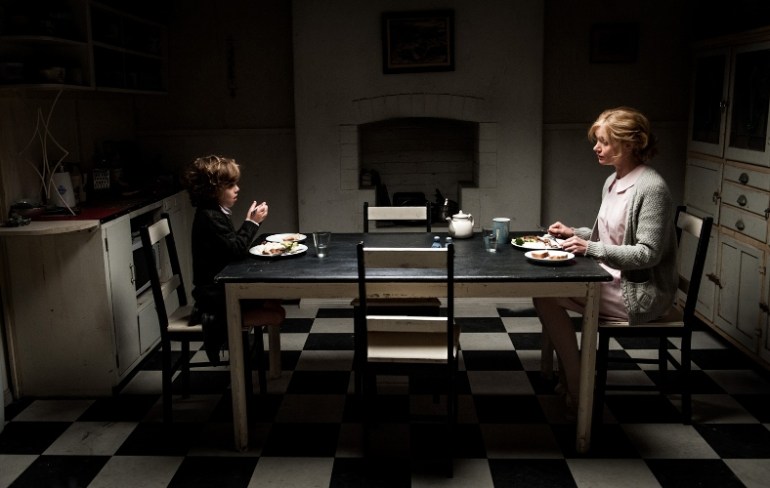‘The Babadook’.
The good news for horror filmmakers and fans, according to a new report: the genre has never been more popular or profitable globally.
The not-so-good news: The study confirms horror films are relatively less successful in Australia than in many other major markets including the US.
Indeed, Oz ranks fifth in the genre-popularity stakes behind Mexico, South Korea, Russia and North America, just ahead of Italy, the UK and Germany. Audiences in China (partly due to restrictive censorship), Japan and France are the least receptive to horror.
The bad news: Four out of five directors of horror movies never make another movie.
The Horror Report is a massive, 206-page study by leading British film researcher and consultant Stephen Follows, the culmination of more than a year of research and writing.
Launched today, the report is available via a “pay what you want” model, with all the money going to the Film Data Fund, a community fund to aid future film research.
Follows tracked genre films released between 1996 and 2016, which, by his reckoning, includes 177 Australian movies.
Nearly 70 per cent of the Aussie titles were rated MA15+ and just under 20 per cent were classified R.
The number of horror films has rocketed from around 200 in 2000 to more than 1,000 in 2016. Horror now accounts for more than 20 per cent of all features.
Moreover it is the most profitable of all genres. Across all movies released in US cinemas between 1996 and 2016, horror movies appear to have more chance of making a profit than all other genres, Follows concludes.
Over this period he estimates 53 per cent of horror movies released theatrically were likely to have generated profit, way above the industry average of 37 per cent across all genres. Horror consistently outperforms westerns (16 per cent of which are likely to have been profitable), black comedies (28 per cent) drama (31 per cent) and thrillers (32 per cent).
Paranormal movies typified by the Paranormal Activity franchise are the most common subset, accounting for 35 per cent of the total, followed by monster (such as Cabin Fever and The Shallows) and gore and disturbing (32 per cent). Less common are killer (20 per cent), found footage and psychological (6 per cent each).
The gore and disturbing category has slumped in popularity since 2008 following the earlier Saw and rebooted Hellraiser franchises.
But he discovered found footage films seem to be the most profitable type, with almost four out of five doing better than break-even. Conversely, monster movies have the poorest success rate with just over a third likely to be profitable.
The most common budget range is $US1 million-$US5 million, accounting for more than 20 per cent of all the films studied. Very few micro-budgeted movies are successful, which raises the question: Why do filmmakers keep making them?
Typifying how front-loaded the genre can be, on average horror films in the US earn half their total theatrical revenue in the first week. The Babadook, The Ring, The Others, I Know What You Did Last Summer and Let the Right One In were among a small percentage of what Follows calls ‘late bloomers,’ which make good money for five or six weeks or longer.
In line with the tremendous growth in international markets, the US generated 74 per cent of the worldwide grosses for horror movies in 1997 but by last year that had slumped to 46 per cent.
Among other key findings:
- Sequels of Stephen King horror movies usually perform much worse than the original movie.
- 95 per cent of horror movies are directed by men. Their average age has hovered around 40 for two decades.
- Horror movie audiences are more likely to come from the lowest social class than any other genre.
- Horror movies sell very poorly on VOD, meaning there could be trouble ahead for horror filmmakers.
- There is almost no correlation between what film critics think of horror movies and how they actually perform in cinemas.
- There are a small number of common movie poster tropes used by most horror movies, including large faces, a line-up of characters and silhouettes. Recurring themes include eyes, skulls and hands.
Access The Horror Report here.




